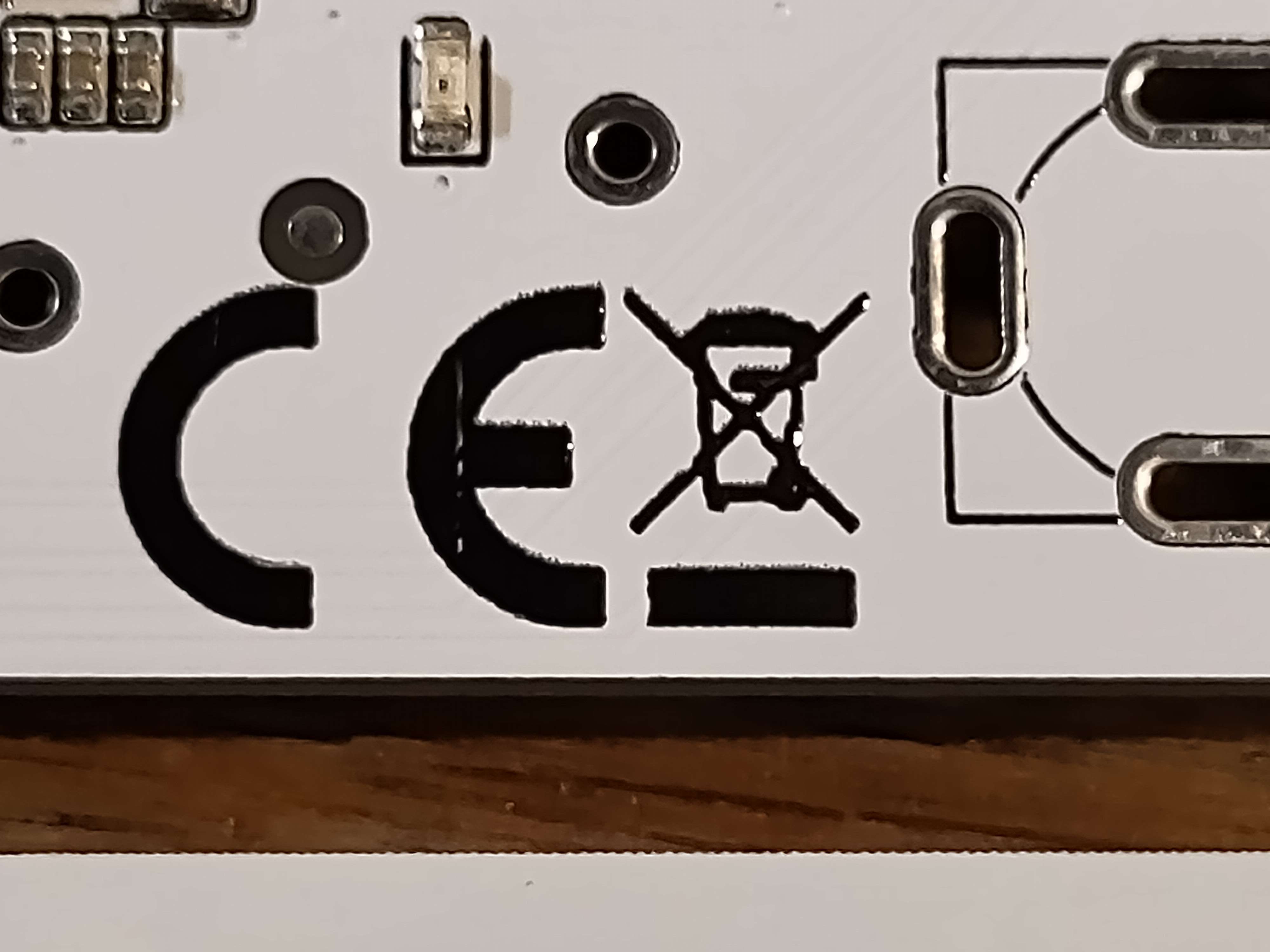WEEEcycling - Waste from Electrical and Electronic Equipment
on

What is WEEE
Things that compute, beep and blink need to be properly recycled at the end of their life. The WEEE makes sure that we finish what we started. Do you make or sell ANYTHING that has electronics in it in any EU country? Then you too should be part of the WEEE cycle: “EU rules on treating waste electrical and electronic equipment, to contribute to sustainable production and consumption.”This WEEE system of recycling works one-to-group. You don’t have to keep track of your specific electronics as they move in and out of use. Instead, all the e-waste in one EU country is seen as one big pile and you are responsible for the amount that you contribute. You can choose to do your own e-waste recycling equal in mass to the amount you add. You could exchange your 127 tonnes of major appliances for 127 tonnes of random e-waste from within the same country and process it according to all relevant EU legislation. This trade-off happens a lot, and shipping containers of e-waste are sent about the place in a strange form of electronic garbage lottery. If you do not have EU-standard e-waste processing facilities, you can pay to have a group of such places process your amount for you.

Why WEEE
The intention behind these rules is to make the ones making a mess also responsible for the clean-up. Every year, more and more e-waste is produced by the EU, and it is one of our fastest growing waste streams. E-waste is a broad concept spanning your washing machine, mobile phone, toy fire truck and oscilloscope. Every electronic product is a puzzle of many materials. Some materials are toxic or become toxic in the process of recycling. Some materials could be valuable input back into the circle of stuff when managed properly. The WEEE directive is set up with the intention of minimizing e-waste and managing recycling effectively while keeping it in the EU. As opposed to dumping it in Asia or Africa.
Stay current with trends and best practices in electronics to help shape a responsible and sustainable industry. Sign up now for news, insights, and updates on ethics in electronics and be part of the solution!
We are WEEE
Our boutique synthesizer manufacturing company produces and sells electronics in WEEE category E5/11 Electronic musical instruments < 50 cm, which has a removal and recycling contribution of 0,6 EUR/Kg. The WEEE online calculator thinks in tonnes, while we produce maybe 10–20 kilos of electronic instruments a year. Our modular synthesizers are part of bigger systems and do not have their own power source. Usually, this makes a big difference, but not in WEEE. Also, unlike other waste-stream legislation, such as cardboard recycling, this has no lower limit, so every beep counts. For 2022 in The Netherlands, our registration fee was 100 EUR and the processing contribution was 10,80 EUR. The admin costs versus the cost-of-recycling is lopsided for small companies like ours. But we are makers of stuff, and I think it is fair that WEEE also makes us part of the clean-up crew.Priscilla Haring-Kuipers writes about technology from a social science perspective. She is especially interested in technology supporting the good in humanity and a firm believer in effect research. She has an MSc in Media Psychology and makes This Is Not Rocket Science happen.
Ethics in Electronics
EiE (Ethics in Electronics) inspires global innovators with open discussions and publications about ethics and sustainable development goals.
Visit ethicsinelectronics.com for inspiration and to participate.


Discussion (0 comments)